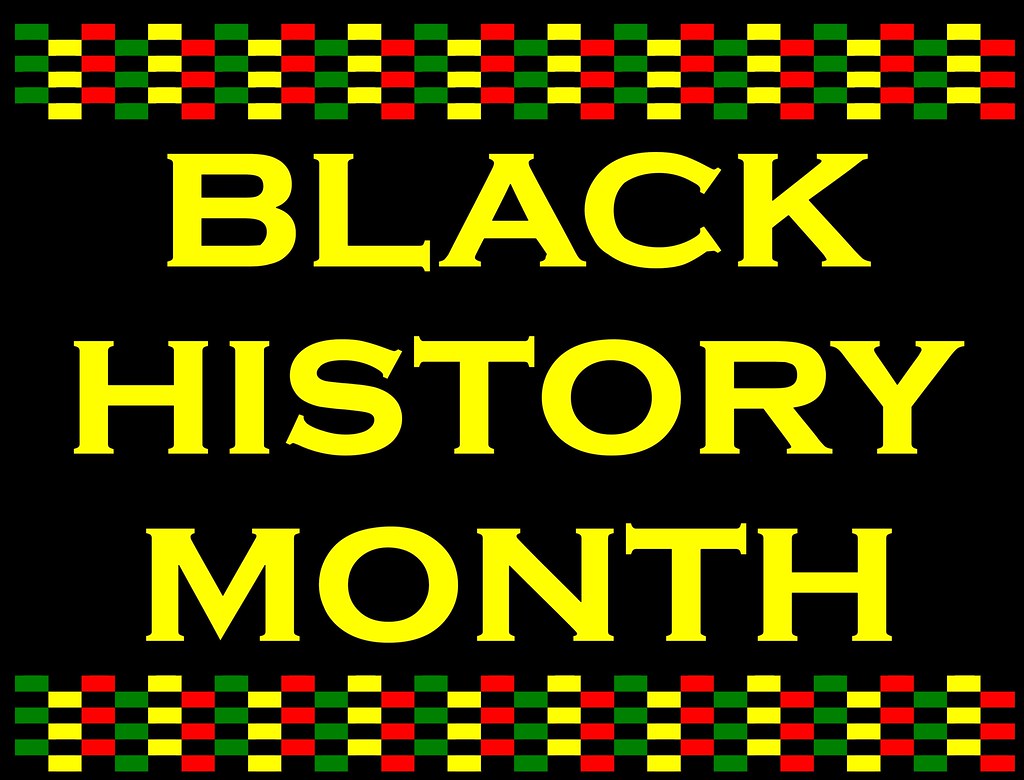
By Amanda Moses
February is Black History Month (February 1st to March 1st), a commemorative period when we pay tribute to the many contributions Black and Brown Americans have made despite facing numerous barriers, they have managed to overcome racist obstacles to achieving greatness.
In honor of Black History Month, the Spring Creek Sun has cultivated a list of Black authors, many who’ve had their books banned for speaking out about racial injustices and their experiences.
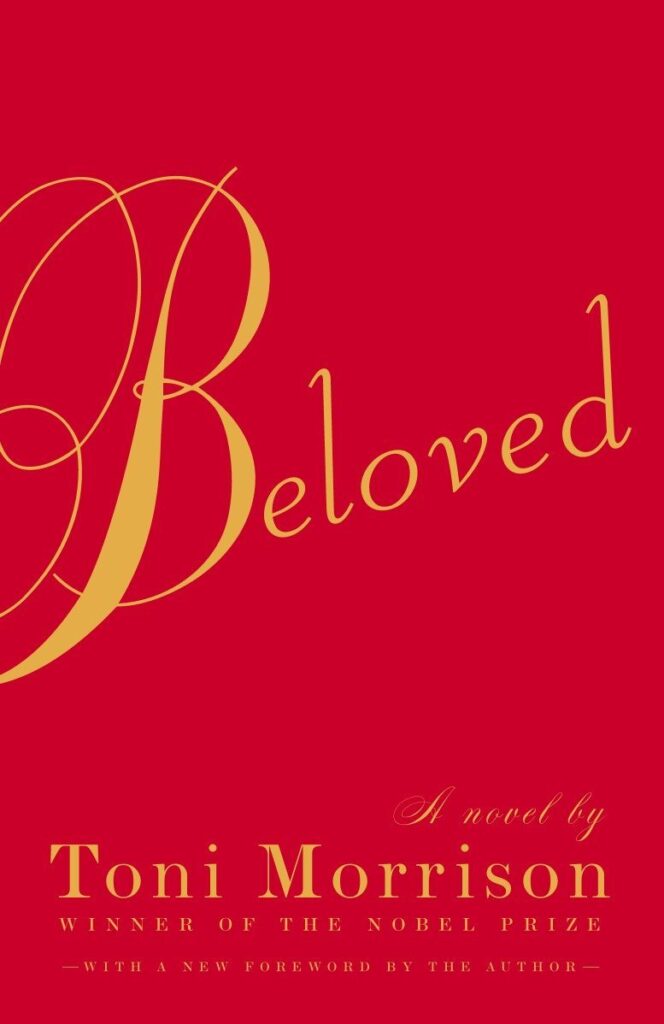
Beloved by Toni Morrison (and the Bluest of Eye): The novel Beloved is based on the true story of Margaret Garner, an African American slave whose attempt to escape slavery failed. In her book, the protagonist, Sethe, runs away from her master in Kentucky and flees to Ohio, a free state. During this time, the Fugitive Slave Act of 1850 allowed slave owners to retrieve their “property” across state lines. Sethe kills her two-year-old daughter to prevent her from being recaptured because she believed slavery was a fate worse than death. Sethe is then forever haunted by her daughter’s spirit. Morrison’s novel helped reengage the conversation of the psychological impact of slavery, specifically the effect of living with the perpetual fear of being separated from family members and abused. Additionally, her novel The Bluest of Eye exposes society’s definition of beauty and it’s appalling effect on African Americans. The story follows a little girl who believes to be beautiful, you must have blonde hair and blue eyes, so the girl prays and wishes to have blue eyes.
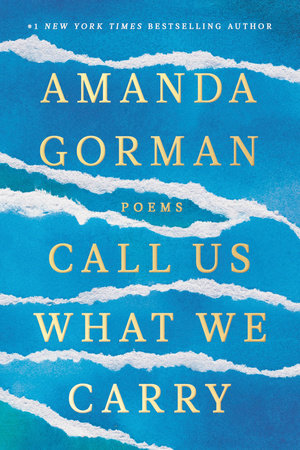
Call Us What We Carry by Amanda Gorman: Known as the youngest presidential inaugural poet in the United States, Gorman released a collection of her poetry (previously titled The Hill We Climb and Other Poems) that utilizes her lyrical prose to describe the pandemic and other moments in life using symbolism, identity, and other imaginative descriptions.
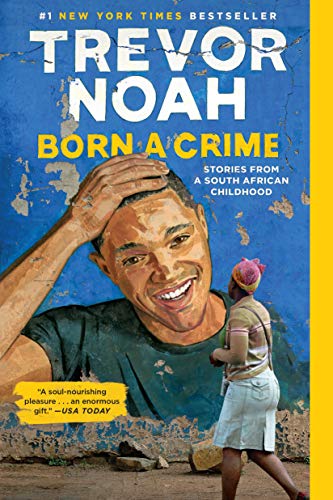
Born a Crime by Trevor Noah: Comedian Noah is well known for his witty political remarks on the Daily Show; however, in his autobiography he details personal account of his life in South Africa during the apartheid. His father was a Swiss man while his mother is Black, and his birth was deemed a crime in South Africa. Since he was living proof of this crime, punishable of five years in prison, he spent his childhood indoors and hidden from the government for fear that he might be taken from his mother.
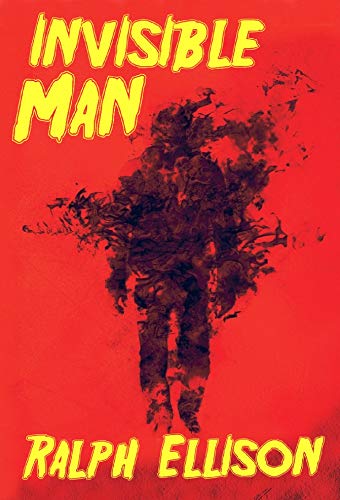
Invisible Man by Ralph Ellison: First published under anonymous, Ellison’s book details the Black experience in the 1950s. His story is narrated by a man whose name is never divulged and follows him, a star pupil as he is expelled from a “Negro” college in the South for preaching his beliefs. He moved to New York thinking he could find more freedom, where he becomes the spokesman for the “Brotherhood.” Unable to showcase his intelligence amidst the violence and chaos in the city, he recluses himself in the basement lair, imagining himself to be the Invisible Man.
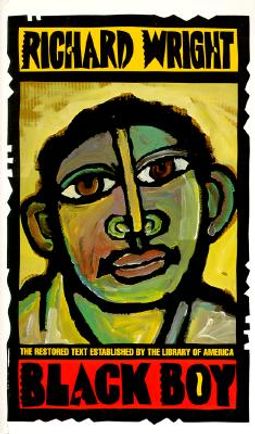
The Black Boy by Richard Wright is the account of Wright’s experience growing up in the woods of Mississippi amidst poverty, hunger, fear, and hatred—all set during the time of Jim Crow laws in the South. It is a true recollection of a young boy faced with social injustice, prejudice, and the overall cruelty of humanity.
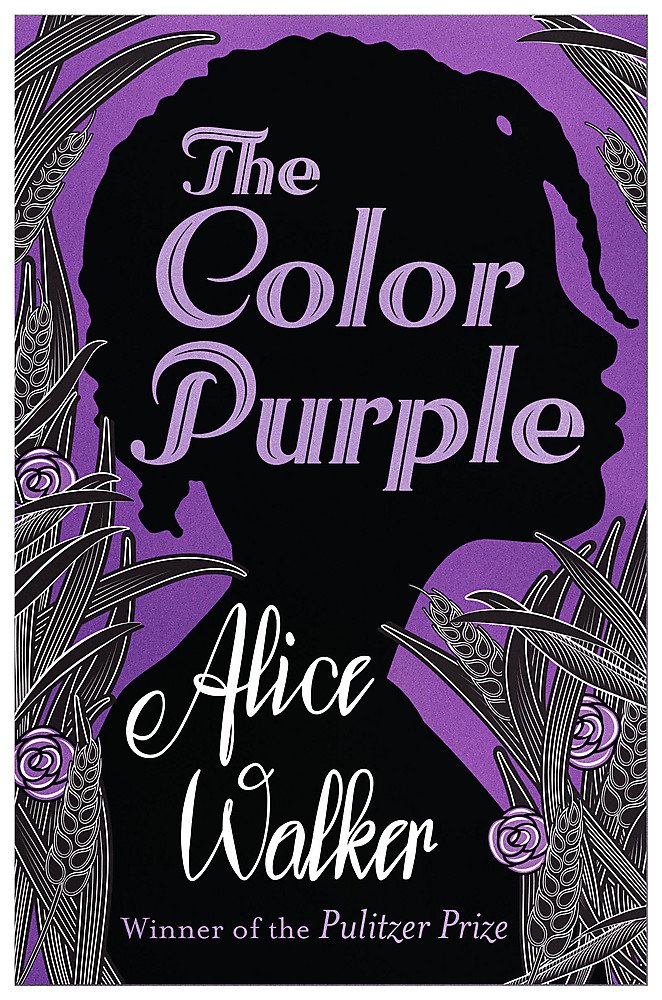
Color Purple by Alice Walker: This depiction of African American women in Georgia showcasing the plight of two sisters, Celie and Netie, who were separated when they were children. While separated for over 20 years, Celie wrote letters to God about their experiences from domestic and sexual abuse, and her fight to survive.
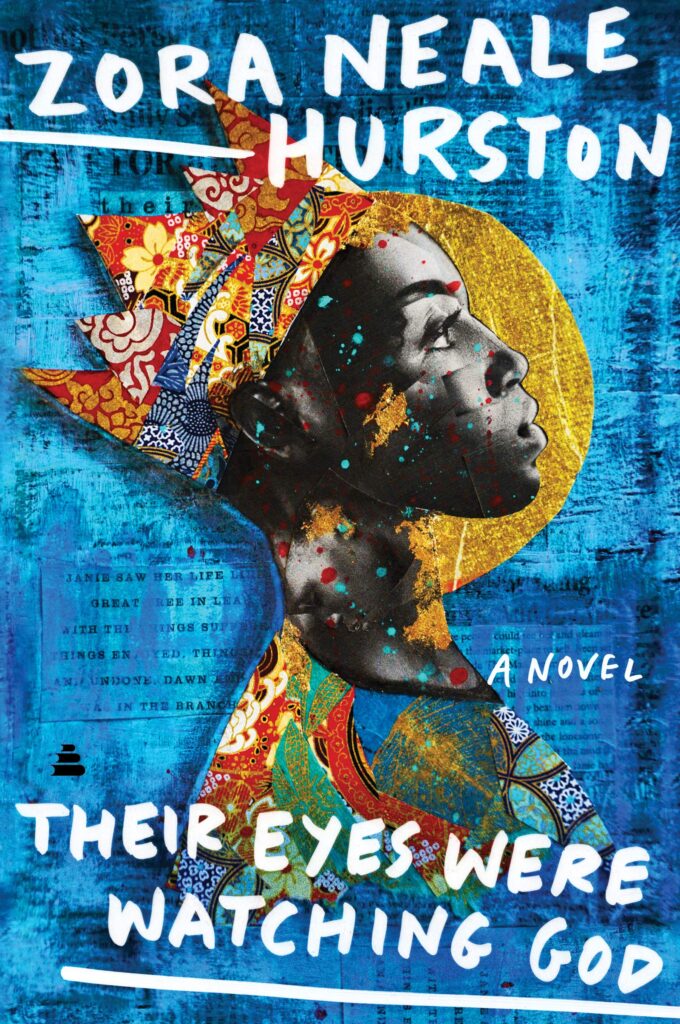
Their Eyes Were Watching God by Zora Neale Hurston: Her novel, Their Eyes Were Watching God, is a about a young woman’s search for love. The story brought to light the stereotypes of gender roles (women were defined by their relationship with men) and depicted a dark side of humanity, one that revealed the desire to ruin another person’s success out of jealousy. The protagonist’s desire for self-expression and independence was used as a metaphor to explain how African Americans, while living during the Jim Crow era, struggled to attain personal identity and freedom.
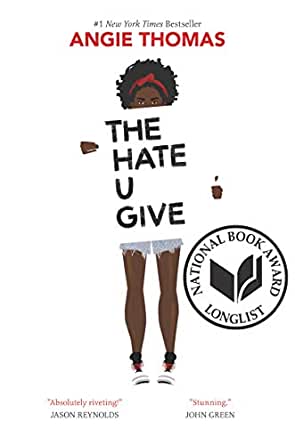
The Hate U Give by Angie Thomas: This young adult book was inspired by the Black Lives Matter movement, particularly after the author learned about the shooting of Oscar Grant. Her book began as a short story for her college creative writing class, and then was expanded into a novel. The story follows a high school student who is caught in between two worlds, the poor neighborhood where she lives and her wealthy suburban school. The author imbued into her protagonist, Starr Carter, an uneasy feeling she personally felt, which was to not appear “too black.” Carter’s world changes when she witnesses the fatal shooting of her best friend during a traffic stop by an officer. He was unarmed.
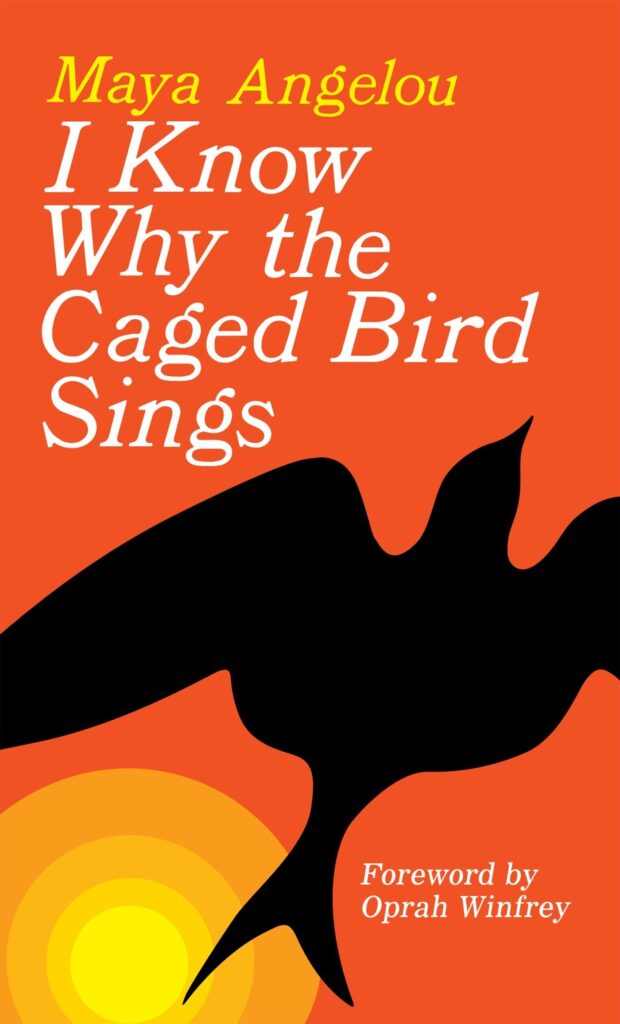
I Know Why the Caged Bird Sings by Maya Angelou: This autobiography traces Angelou’s childhood and adult experiences. The story follows a young black girl growing up in America during the 1960s, who relies on literature to help her persevere through racism and traumatic events. Angelou used several metaphors to describe the plight African Americans were battling during the civil rights movement, such as racial discrimination, oppression, and for women, the struggle of trying to succeed in a male dominated society.
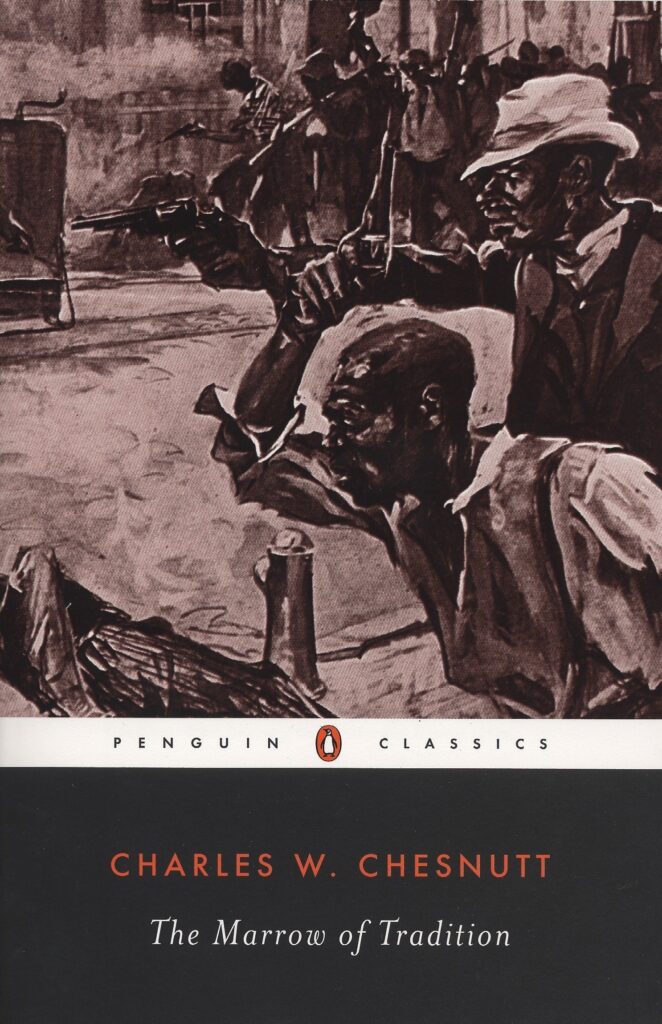
Marrow of Tradition by Charles Waddell Chesnutt: is a fictional account of the 1898 Wilmington Massacre in North Carolina and follows the rise of the white supremacist movement. His story probed into the marrow of racial conflict and demonstrated to readers that despite African Americans being granted their freedom after the Civil War, they were never truly free. African Americans were disenfranchised, segregated, and faced continuous acts of racially spurred violence. Much of Chesnutt’s novels explore complex issues, such as race and social identity in the South post-Civil war.